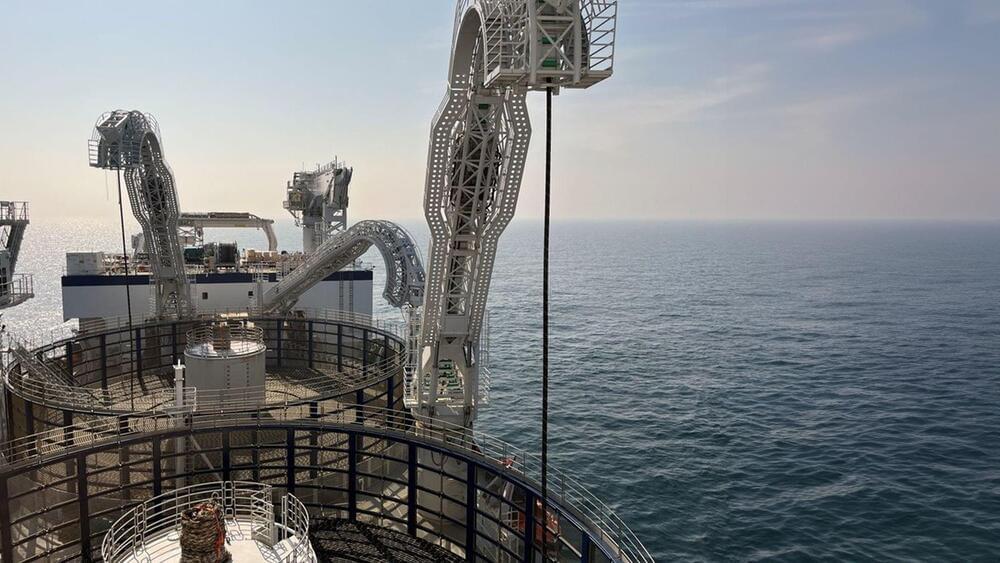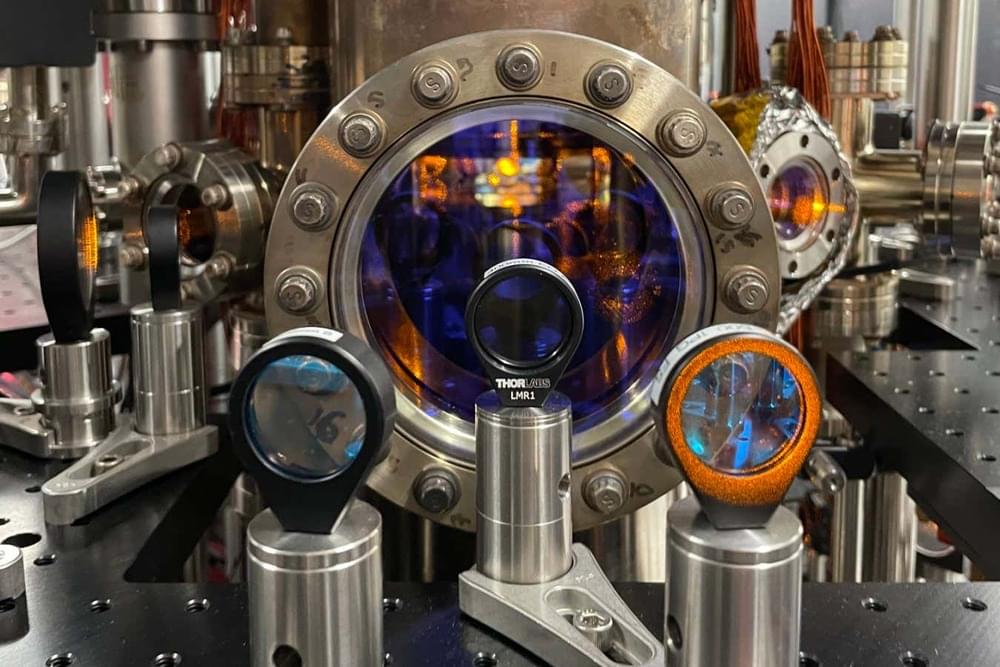As with the printing press and the dotcom boom, initial frenzy and speculation obscures the lasting legacy of new technologies.



The Effective Accelerationism movement — a staunchly pro-AI ideology that has Silicon Valley split over how artificial intelligence should be regulated — appears to be walking a razor’s edge between being a techno-libertarian philosophy and a nihilistic, even reckless, approach to advancing one of…
Silicon Valley’s new ideological faction, called Effective Accelerationism or e/acc, is focused on the pursuit of AI development with no guardrails to slow its growth.


There has been a lot of publicity on generative AI “chat bot” innovations across North America; OpenAI’s ChatGPT4, Google’s Bard, and most recently AmazonQ are all at the competitive generative AI trough.
This blog highlights China’s ERNIE Bot, and other leading chat bots and provides insights on the generative AI chat bot market.




The firm developed vertical farming and integrated advanced robotics to handle tasks such as planting, harvesting, and ensuring efficient, automated processes.
A cutting-edge technology indoor vertical farm could transform food production. Plenty, a San Francisco-based company, curated a high-tech robot farm.
Vertical farming involves growing crops in stacked towers indoors while advanced robotics handle tasks from seed planting to harvesting, ensuring efficient, automated processes.
What’s so ‘high-tech’ about Plenty’s farm?
This indoor farm employs a precisely controlled environment, including custom LED lighting systems that mimic sunlight to optimize plant growth, flavor, and texture while minimizing energy consumption.


A quantum state of matter comprising molecules with opposite charges at each end has been made for the first time. It could help probe our understanding of the quantum properties of exotic materials.